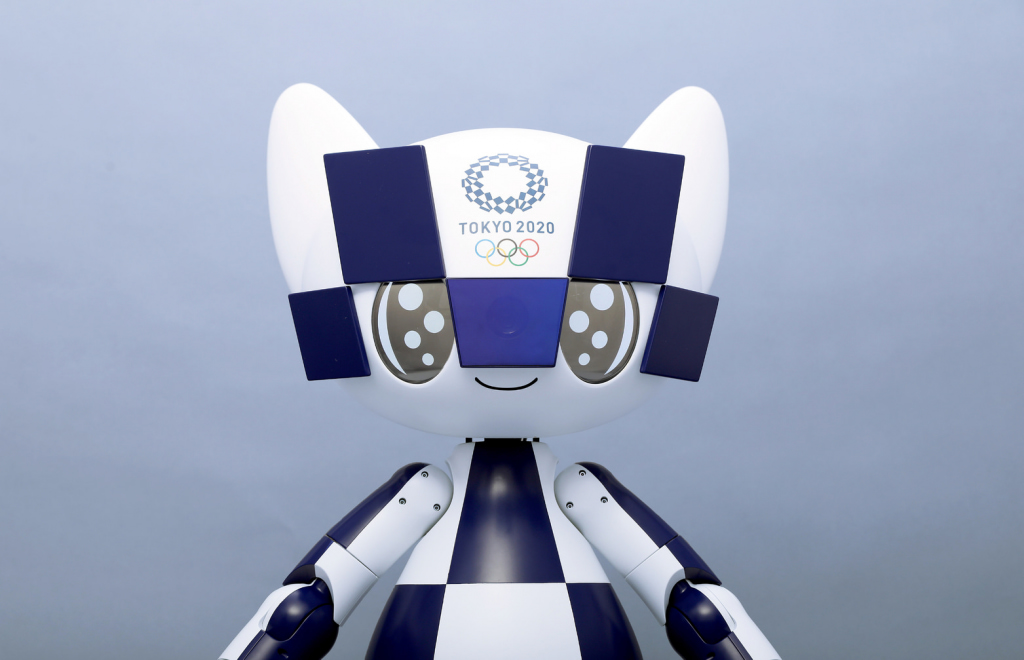The concept of robots that are subservient to our every whim is an underpinning theme of science fiction. Think I Robot, Ex Machina, Wall-E, or even cartoons like Futurama and The Jetsons, and a clear pattern starts to emerge: We will eventually build robots to carry out the tasks we can’t, or simply don’t want to.
Japan is one of the world’s pioneering nations in robotics research and development and the Tokyo 2020 Olympics is set firmly in its sights. Under the auspices of the Tokyo 2020 Robot Project we will see an army of new robotic designs in action this summer. Could this be the first steps to those science fiction dreams becoming a reality?
Let’s take a look at five of the most exciting robotic designs to have been unveiled thus far, all of which you can only see at Tokyo 2020.
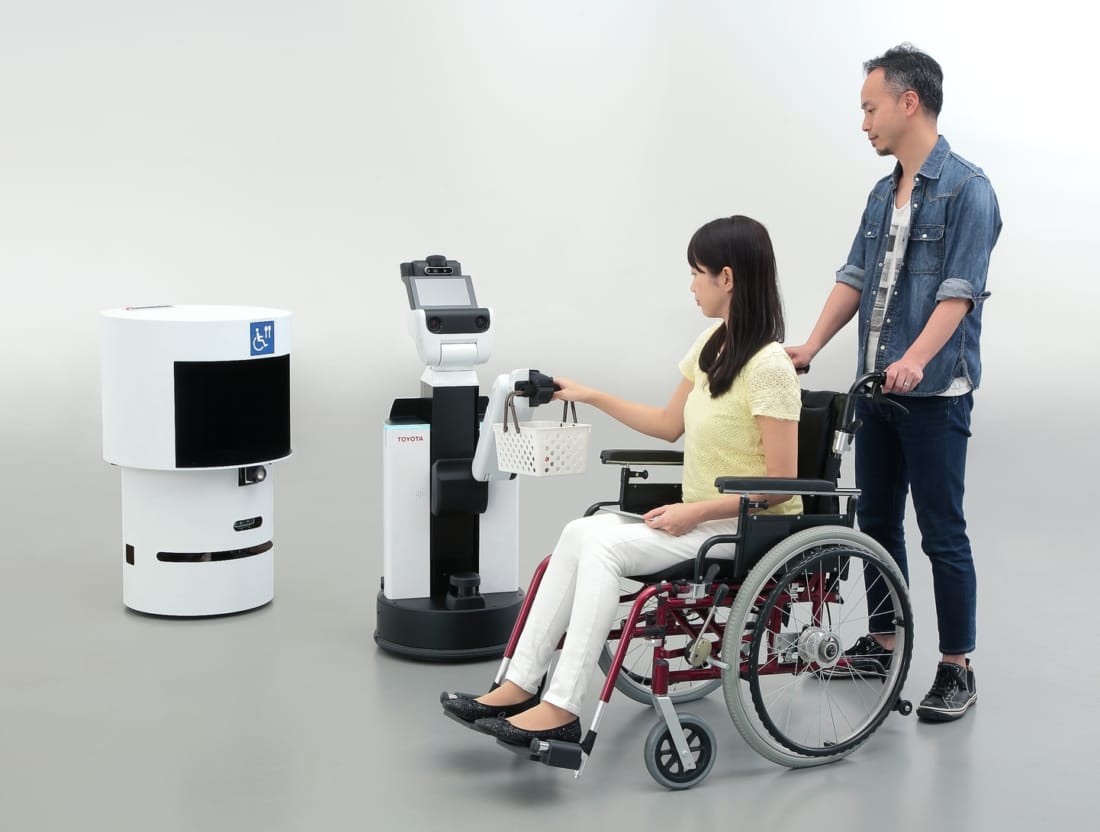
©Toyota Motor Corporation
Human Support and Delivery Robots
Like the rest of the Olympic robot collection, the Human Support Robot and Delivery Robots are the brainchild of engineering powerhouse and event sponsors, Toyota Motors. Both are expected to become indelible facets of the Olympic stadium experience. The Human Support Robot will guide spectators to their seats, provide assistance to those in wheelchairs and offer event information.
“We believe that the robots will help spectators in wheelchairs to enjoy watching the events without any restrictions,” says Nobuhiko Koga, chief officer of Toyota’s Frontier Research Center. The Delivery Robot’s capabilities include food delivery and transportation of other goods. If this Olympic trial run works, the mainstream possibilities for these robots’ future usages surely abound.
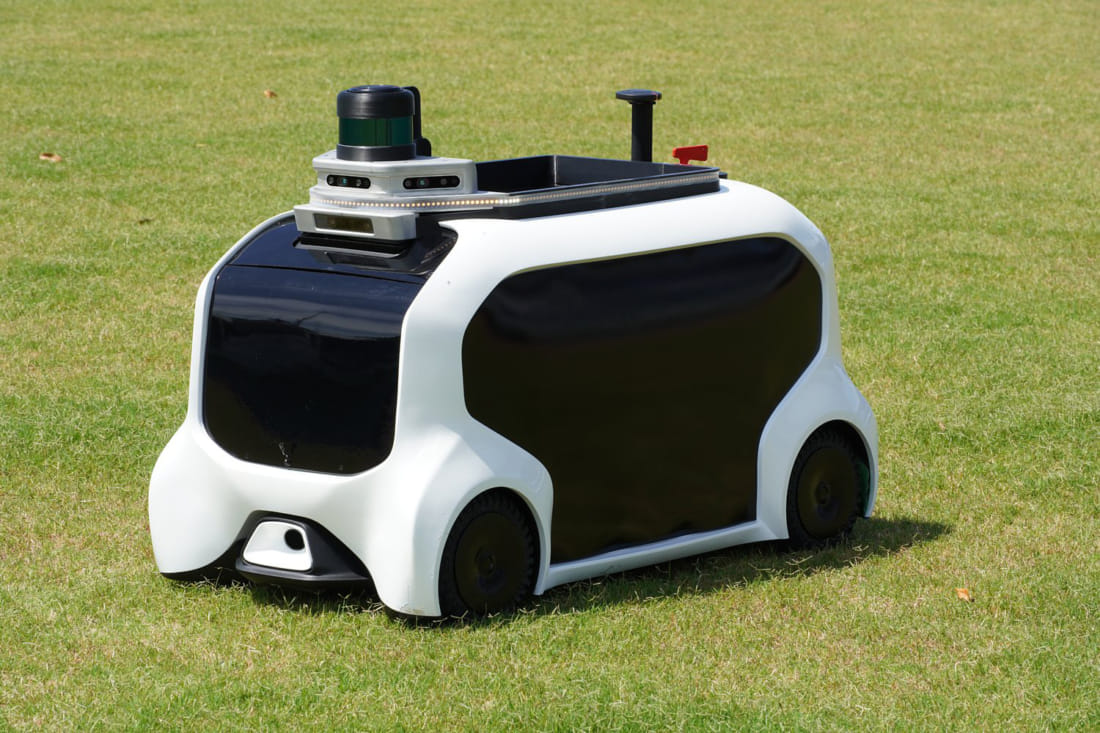
Courtesy of Tokyo 2020
Field Support Robot
The Field Support Robot, nicknamed the ‘FSR’, has more of an ad hoc Olympics utility. Using self-driving, AI-powered technology, these four-wheeler robots will be used to fetch throwing apparatus during Olympic field events, including the retrieval of discuses, javelins and hammers. This will quicken the pace of said events, while removing the need for extra human hands on deck, so to speak.
This FSR may resemble the sort of thing exasperated parents drag their children around in, but it contains in-built environmental detection sensors and autonomous speed control capabilities – features you probably don’t want your toddler fiddling around with. Expect these little wheelie bots to attract a lot of camera attention in the summer of 2020.
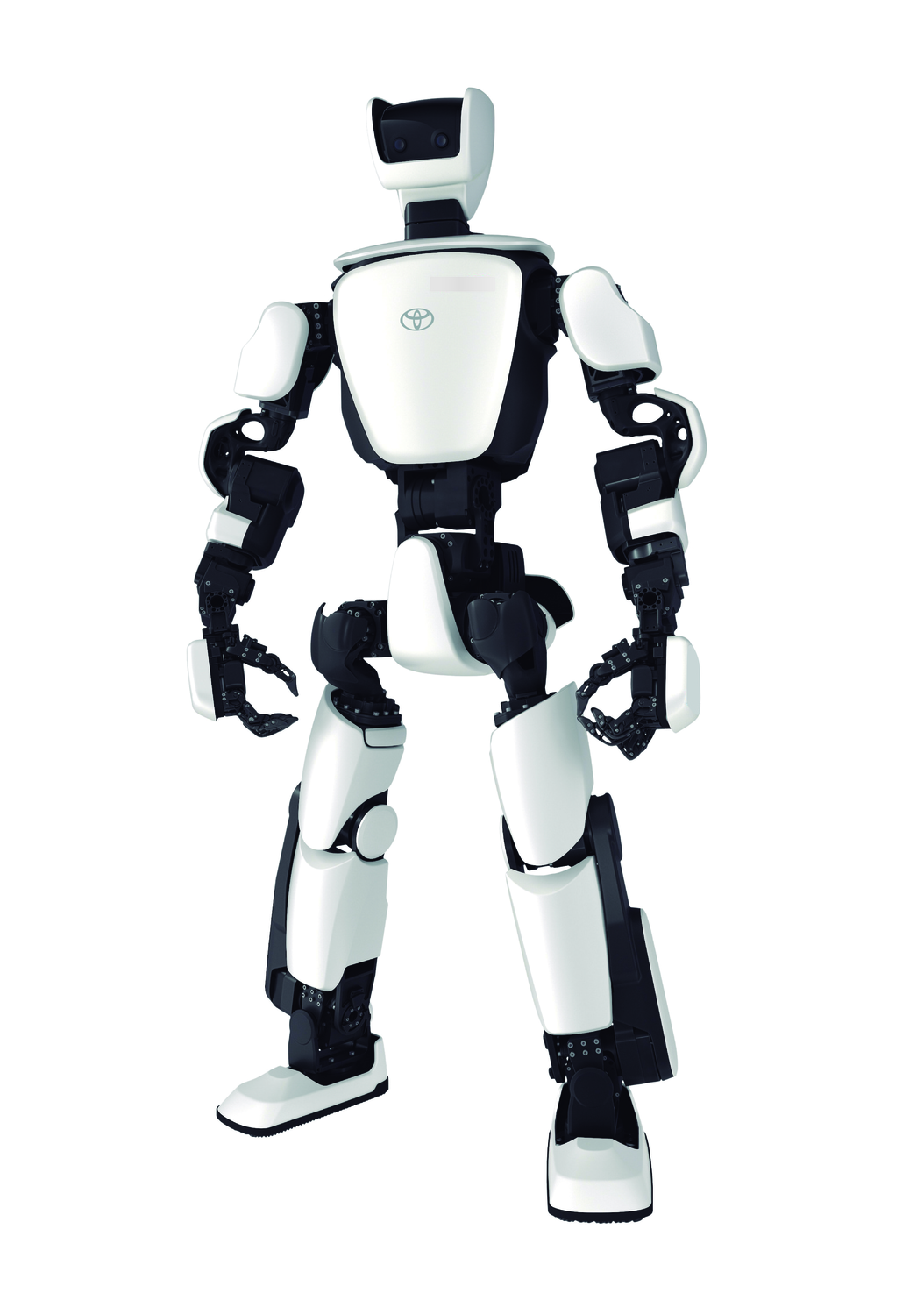
Courtesy of Tokyo 2020
T-HR3 Humanoid Robot
Of all the proposed robots, surely the T-HR3 Humanoid Robot has to have the most inspired design. It may have the appearance of warrior mech suit – or dystopian Robocop (pick your sci-fi poison) – but it will serve a far more benevolent purpose. The Humanoid Robot will transmit sounds and images live from the Games to partner robots at remote locations; basically, they are a people-shaped Olympics VR streaming service.
Further plans are on the drawing board to have these bots mirror each other’s movements. The end game there is to give people who interact with the partner bots in remote locations, a more immersive experience. Videos of this in action show testers strapped into gyrating gadgets, while their limbs flail in tandem with the moving robots. If this technology can be refined, it may lead to such possibilities as carrying out surgery from a remote location or embracing a loved one from the other side of the planet. It really does feel like we could be encroaching upon uncharted territory.
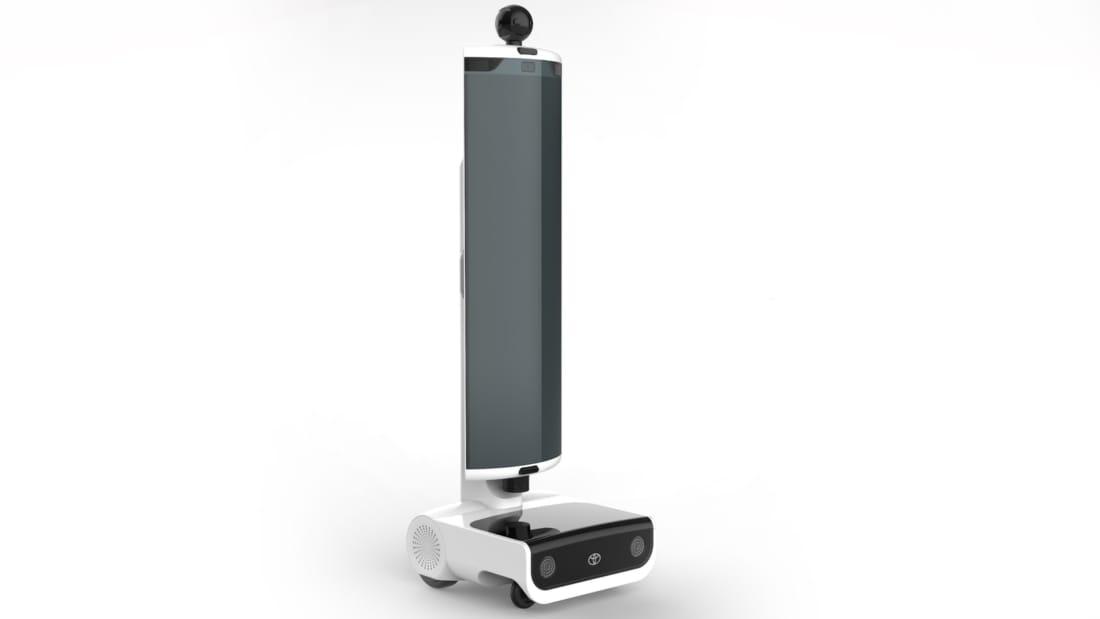
Courtesy of Tokyo 2020
T-TR1 Robot
The T-TR1 is also designed with the concept of immersion in mind, and has been referred to as using “telepresence” technology. According to a Tokyo Metropolitan Government press release, “The T-TR1 robot will give people that are physically unable to be present at Games-related locations a chance to virtually attend, with an on-screen facility allowing conversations between the two locations.” Functionally it’s like a superpowered version of FaceTime, with live sports thrown into the mix. Plus, it wouldn’t look out of place trundling about in the Death Star, which is pretty cool if you ask me.
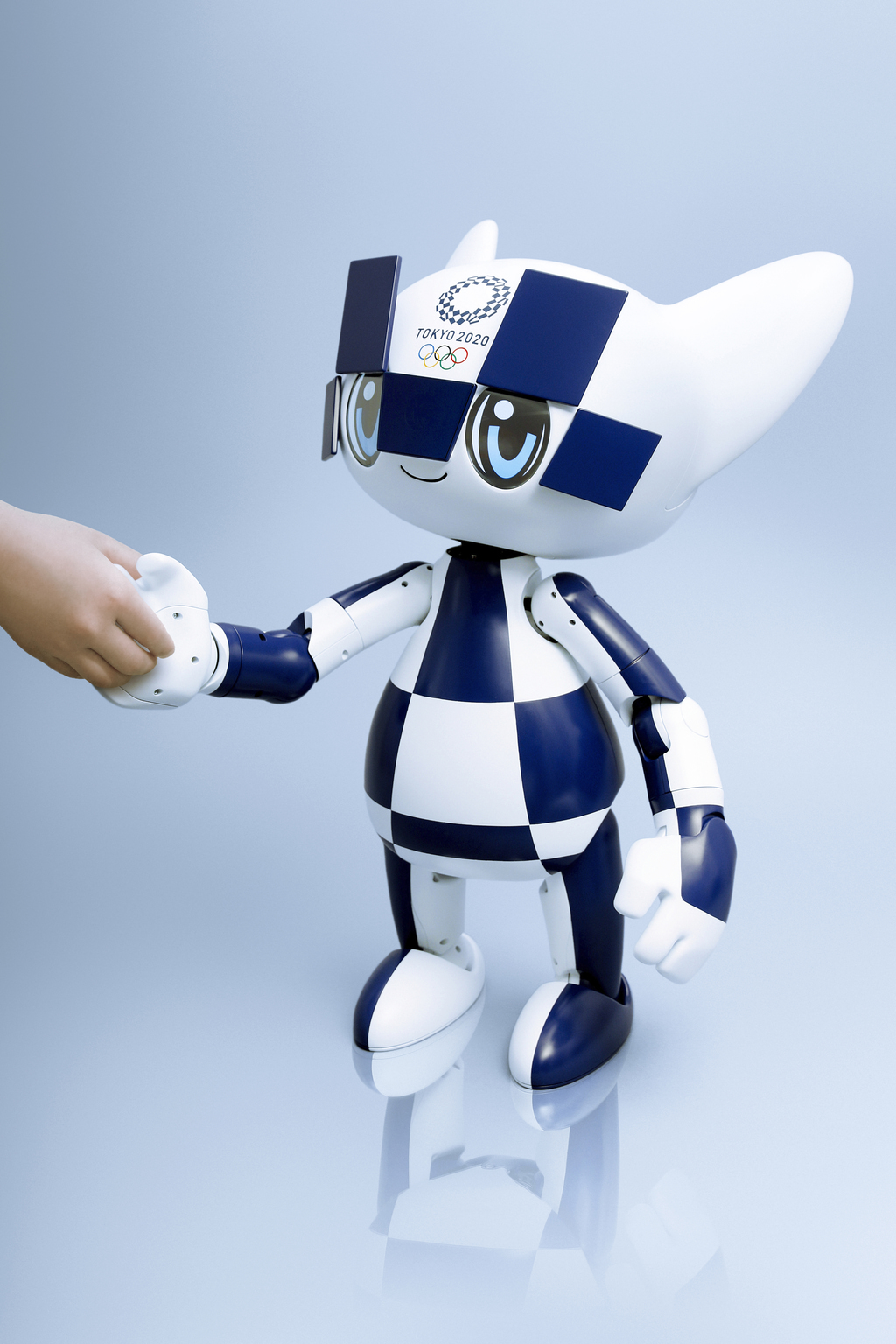
Courtesy of Tokyo 2020
Mascot Robots
The Tokyo 2020 Mascot Robots – Miraitowa and Someity – may not appear all that utilitarian at first glance, but they are the embodiment of the Robot Project’s vision, “Unity in Diversity.” The vision is concerned with fostering a welcoming environment for everyone involved at the Olympics, be it athletes, management, staff or spectators.
These miniature androids have sensory cameras on their foreheads so they can detect when people are nearby and subsequently react to them: holding out a hand, waving, winking; that kind of thing. They also have seriously emotive eyes representing their current “feelings.” I’d wager their feelings will be toward the delight and elation end of the spectrum more often than not, but footage of them looking saddened during an unveiling demo, is a surprisingly sobering experience.
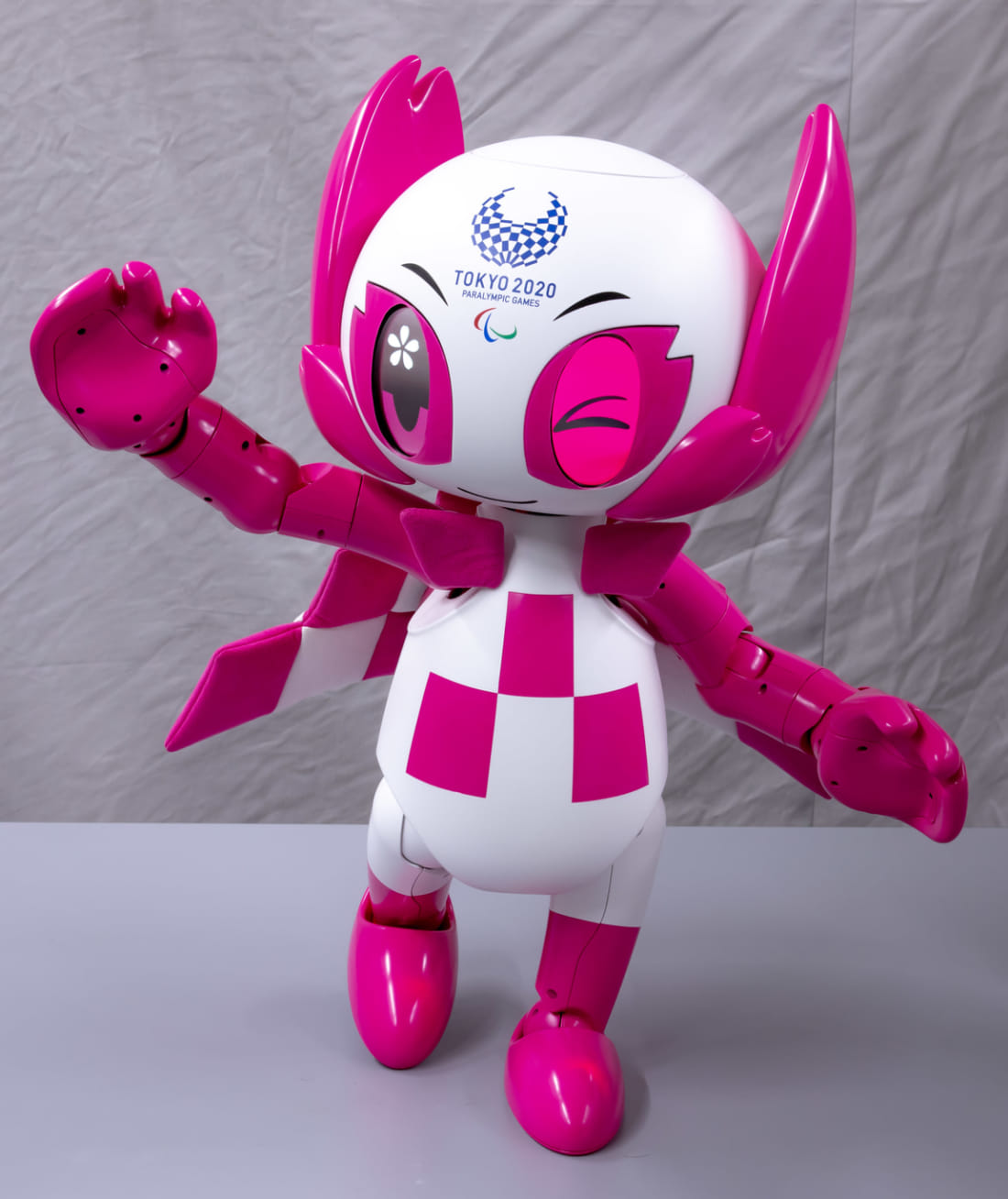
Courtesy of Tokyo 2020

